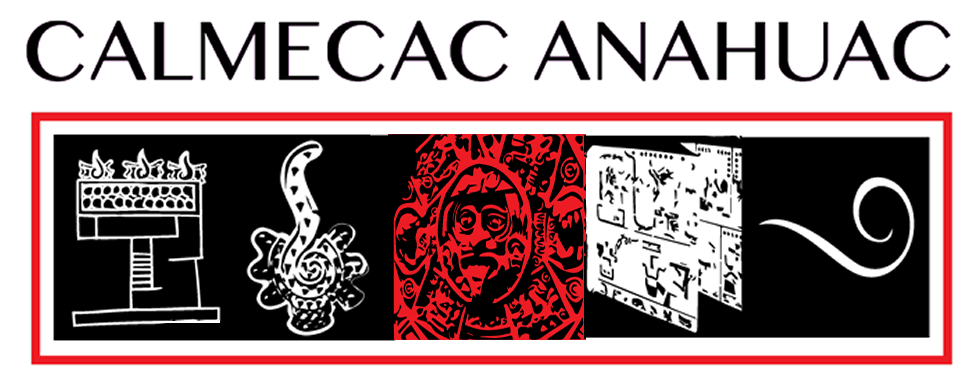
Today in the Mexica Tonalpohualli, also known as the Aztec Calendar
|
day |
13-day period |
20-day period |
solar year |
 |
 |
 |
|
 |
 |
 |
 |
 |
 |
 |
|

* If you were born between 12am and before sunrise (Central Time), use the previous Gregorian
day because days in the Azteca/Mexica calendar start at sunrise.
(Correlation: Ruben Ochoa)

The significance of this day
And on Ten Ocelot: this was a very good position, as already in many places hath been told in its account. Thus they said, and it was claimed, were the day signs in the tenth [and following] positions, all the day signs which bore [the word] matlactli. Then was the time of Tezcatlipocas ritual, of him who was known as our lord. He who was then born they considered highly favored. They said that his time of birth was the time of the ritual of our noble Lord Tezcatlipoca. If he should live, he would be a person of merit. At once, then, they bathed him. But if they had their own reasons, they might yet pass over it. Later, then, they looked ahead to the end of the day count when they bathed him, on Thirteen Motion. For all of the end of the day count they considered very favorable. Thus they then very much strengthened for them the day signs in which they bathed them. (Florentine Codex, Dibble and Anderson, bk 4, page 74)







